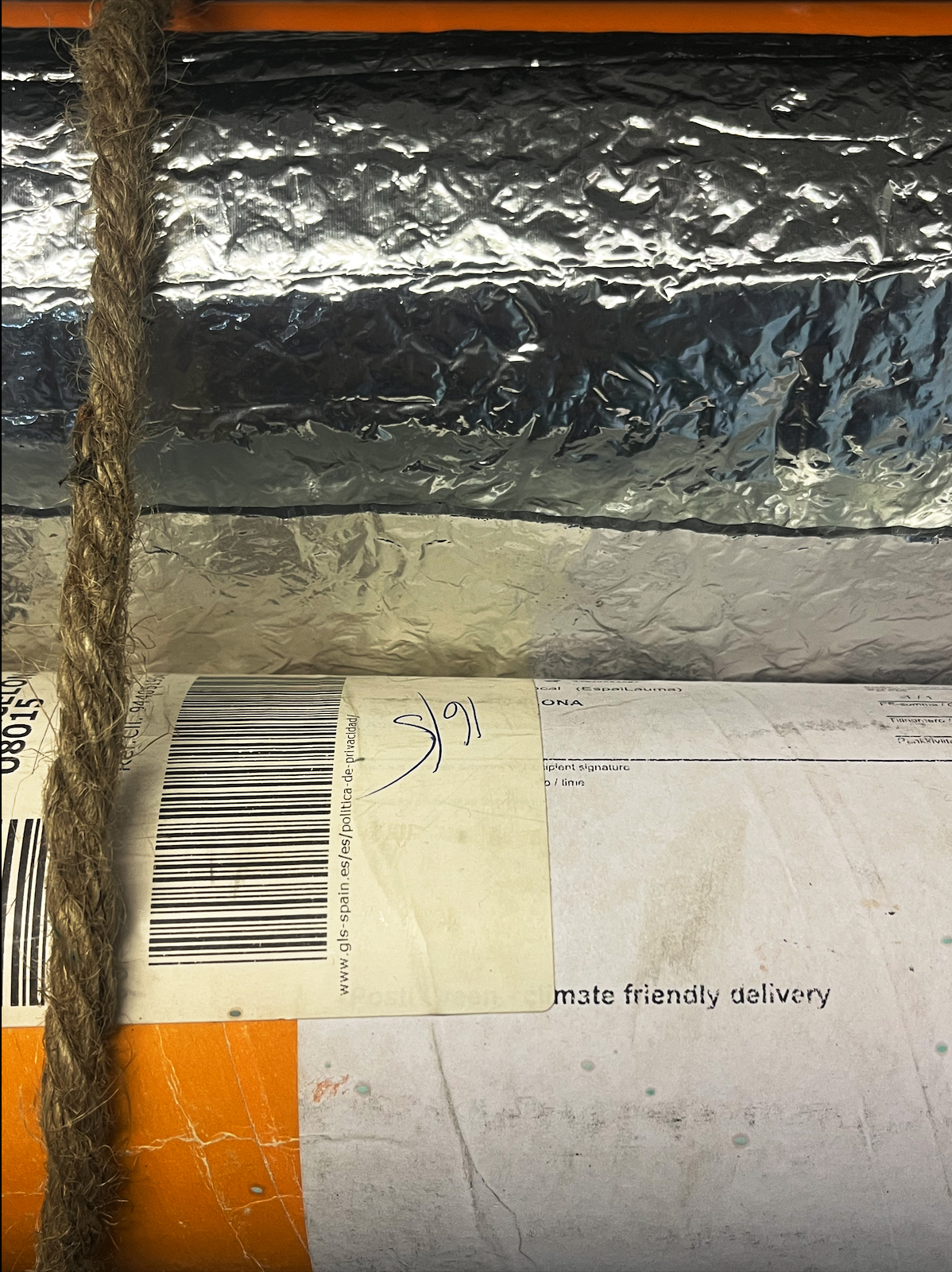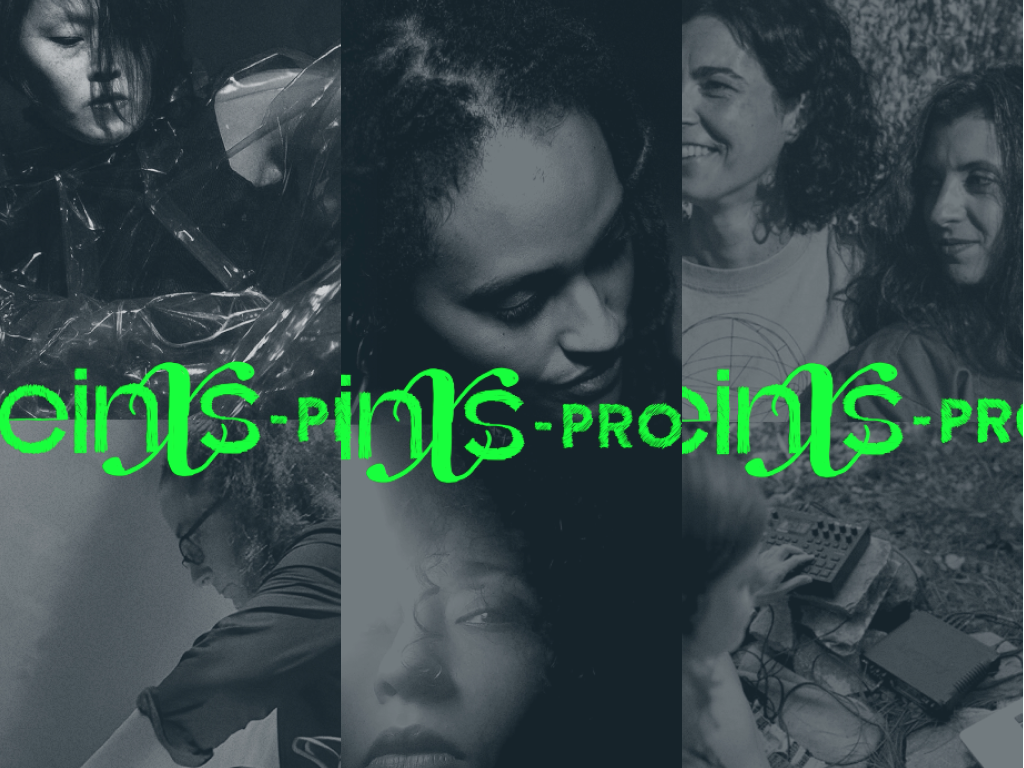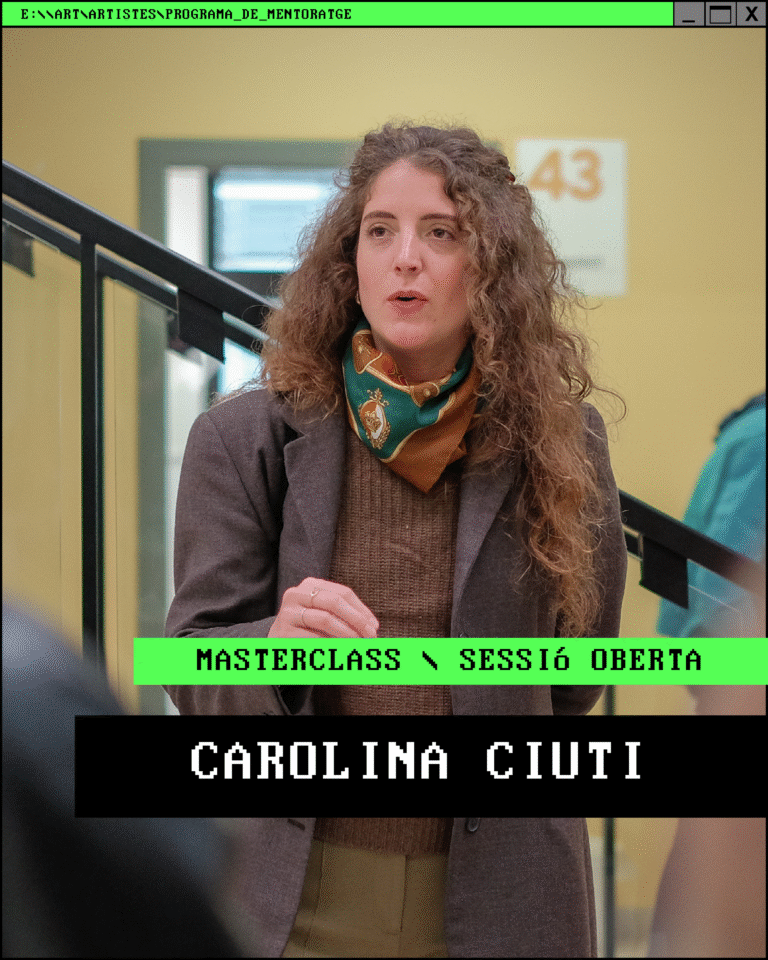Almac’è
Enrico Scapinelli
Souvenir
Opening April 22nd 2025 at 7pm.
www.espaisouvenir.com
Amb el suport de l’Institut de Cultura
Almac’è is a play on words between the Spanish ‘almacén’ and the Italian verb ‘esserci’, which can be translated as ‘there is soul’. The project focuses on a form of physical memory: a hidden material culture, not directly visible, but present in the space of Espai Souvenir. As if it were an archaeological stratum that, when excavated, reveals the past of the place.
With this installation work, the artist in residence Enrico Scapinelli (Bologna, 1993) reflects on the possibilities of giving subjectivity, understood as a form of characterisation, a continuity at the level of interiority (1) or the presence of a vital force, to the objects found in the warehouse of Espai Souvenir.
Through sculptural assemblages of more or less everyday objects, he investigates the agency (2) of these elements in an attempt to humanise them and experience another social and existential reality, recovering an animistic relationship with the natural environment, other beings and matter. According to the British anthropologist Edward Tylor’s theory of animism, objects are not mere intermediaries in the network of social relations, but become actors themselves insofar as they are inhabited by a spirit or similar (3).
But how to give ‘life’ to an object? How to breathe life-breath or spirit-force into it? One possible answer, in the main room, is to implicitly suggest the rhythm of breathing, the first vital sign of a body. Movement and breath as signs of a presence. Another way of perceiving life as interiority is found in the black bag from which a bamboo reed emerges, evoking the spirituality of the Far East (Taoism, Zen, samurai, monks, etc.), and connecting, in the contemporary imaginary, with the Ninja Turtles, affected by a genetic mutation caused by the radioactivity of the environment.
A strange short-circuit emerges: an everyday object that attempts to shed its materiality in order to approach a lighter, more spiritual dimension. Is this attempt to transcend its own nature a sign of soul-consciousness? Of inner life or of subterranean activity?
Even attributing human qualities such as sympathy or friendliness (e.g. ‘mate friendly delivery’) to tubes and materials used for archiving or transporting two-dimensional works can return a trace of subjectivity to the inanimate. As when we talk to a computer that crashes or to a car that won’t start (4).
In today’s hyper-connected scenario of turbo-capitalism, blurred forms of animism survive which, despite everything, allow us to imagine new relations between the human and non-human worlds.
Enrico Scapinelli is a visual artist with a background in anthropology, who lives and works in Bologna. His practice is characterised by a multimedia approach that encompasses painting, sculpture and installation. He works by recovering natural materials, objects and serial products, images and data from the web. His research focuses on the aesthetics of industrial design and marketing with the aim of generating a critical reflection on the crises of contemporaneity, the unemployed of consumerism and the socio-political and environmental effects of hyper-technologisation. He has exhibited and created installations in public and private spaces. In 2024 he received the special mention of the Roberto Daolio Prize for public art, and has been a finalist for the Young Art Award (2025) and the Amedeo Modigliani Foundation Prize (2023). He is currently studying for a Master’s degree in Painting and Visual Arts at the Acca demia di Belle Arti di Bologna.
1 Descola, Philippe, L’ecologia degli altri. L’antropologia e la questione della natura, Linaria, Roma 2013.
2 Gell, Alfred, Art and Agency. An Anthropological Theory, Oxford University Press, Oxford 1988.
3 Caoci, Alberto, Antropologia, estetica e arte. Antologia di scritti, FrancoAngeli, Milano 2008.
4 Coccia, Emanuele, The new animism, in TECHNE 21: Heteronomy of architecture, Firenze University Press, Firenze 2021.





